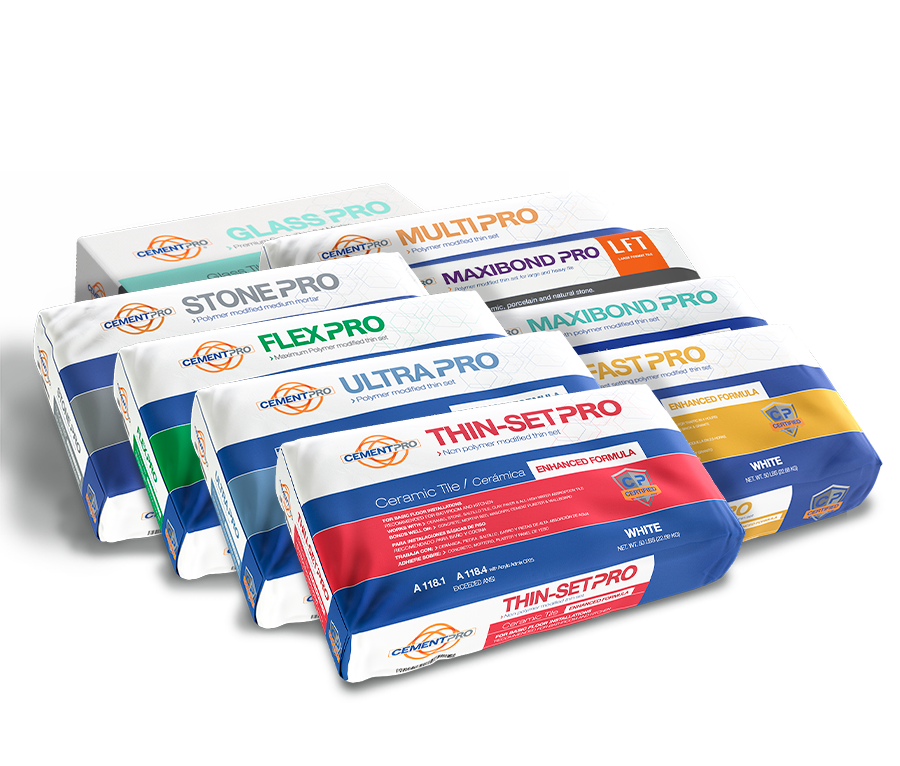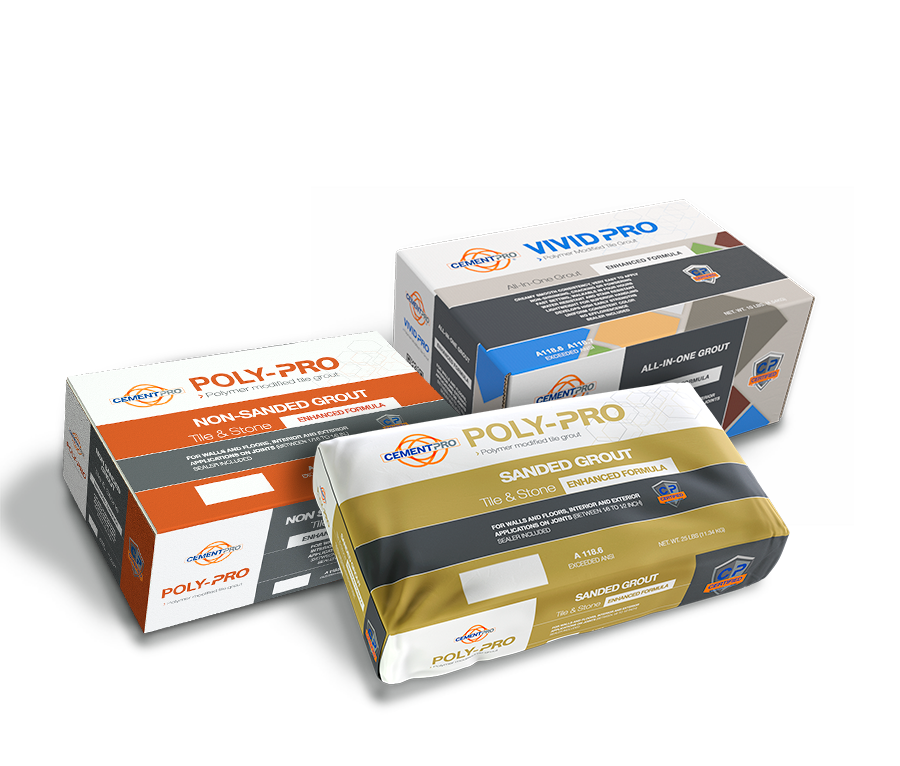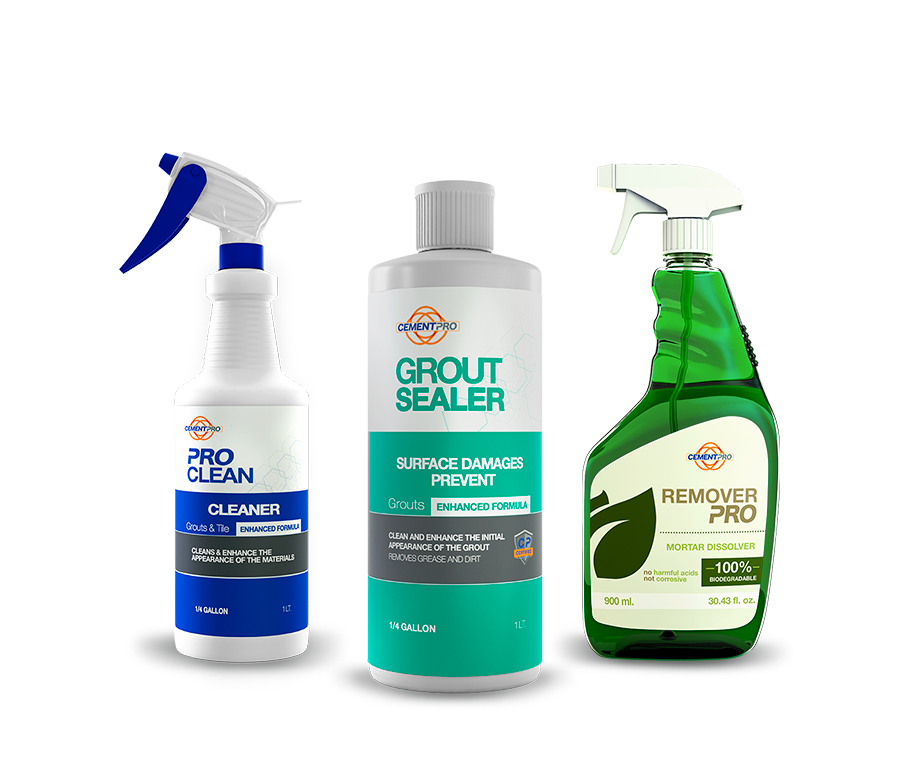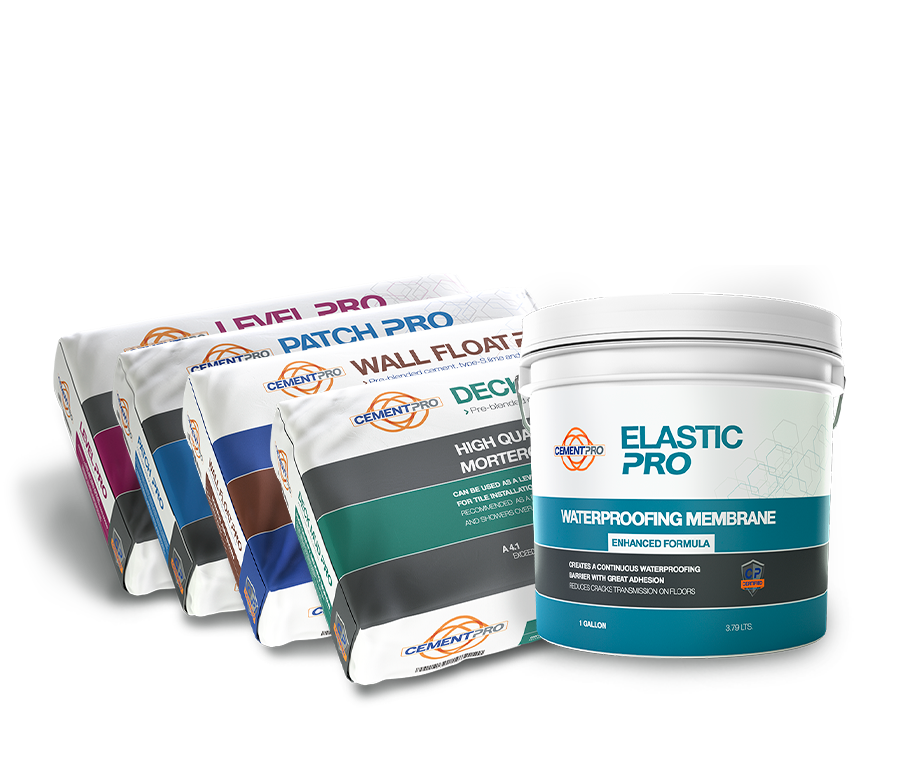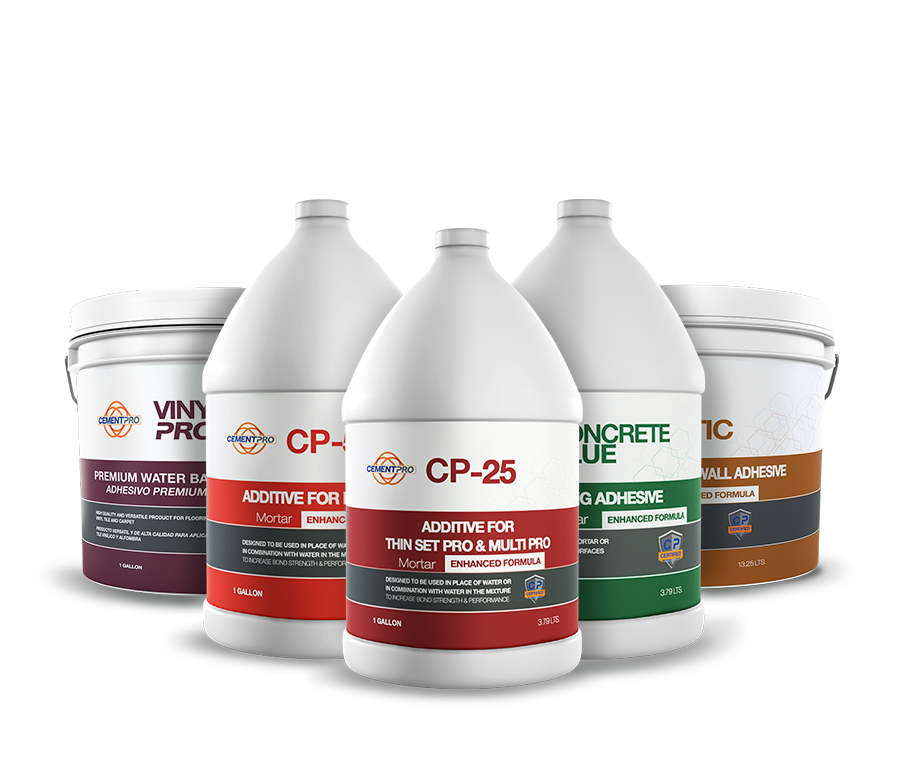
Grout can be a tricky product for many reasons. From deciding what type of grout is suitable for the job and what color to choose (even adding additional coloring if desired) to sealing the grout and then maintaining it, there is a lot to it. Below are six things to know about grout before going up against your next grout job.
Choosing the right grout
Choosing the right grout for the job can be challenging as there are several aspects to keep in mind. Location, durability, color and price are a few of those aspects. Keeping track of the following aspects will help you decide which type of grout to choose.
Location/Durability: Are you looking to install grout in a wet location, indoors or outdoors, is it a high-traffic location, or is it somewhere that the grout will be exposed to oil and grease or other substances that may cause discoloration.
Color: Believe it or not, not all grout companies make the same colors. In fact, they all have their own variations of colors that they provide. Try to look at as many companies as possible to help find a grout color that will fit your style. Remember that color additives are available for grout. This makes it possible to change the colors of grouts available to better suit your taste. These options make it possible to choose a specific company’s grout for other features, such as durability or price, and then make the grout color closer to the color you want.
Price: This is a big topic for many people, and for a good reason. People want to pay only what they have to for a material. In this area, however, epoxy grout is the outlier that stands out from sanded and unsanded grout as it is around 3-5 times more expensive and harder to work with.

Types of grout
Sanded, unhanded and epoxy pros and cons.

Sanded Grout
Pros:
- Thicker as there is sand
- Suitable for tile joints wider than 1/8″
- Great for floors and most horizontal surfaces
- Minimal shrinkage due to the sand
- Costs less because of sand content instead of cement
Cons:
- Challenging to work with small grout lines
- Silica can scratch and ruin the tile surfaces, leaving pinholes in grout lines in large gaps

Unsanded Grout
Pros:
- Thinner with a smooth texture
- Recommended for tile joints less than 1/8″ wide
- Great for shower walls, backsplash, or tiling vertical surfaces
- Cement-based and shrinks more than sanded-so it is less durable
- Costs more than sanded because of the cement content
Cons:
- Not suitable for wide seams
Epoxy Grout
Pros:
- It can withstand harsh conditions, making it more durable than sanded or unsanded
- Suitable for indoor or outdoor use
- Non-porous, which helps prevent mold or mildew
- Does not require sealing like cement-based grouts
Cons:
- Very expensive (around 4x higher than sanded grout)
- Hard to work with
- Quick drying
- Can turn yellow in sunlight

Choosing the right grout color
Choosing a grout color is all personal taste. There are ideas and suggestions but nothing concrete as it comes down to what you like the most. Some of the more common styles are either tile matching or contrasting. Matching the tile can work well with certain tiles, while other tiles and styles will look better with a contrasting grout color. Keep in mind that white grout is harder to keep clean than a darker grout color, so be sure to consider the location of the grout and choose accordingly.
Coloring grout: If you are still looking for the color grout you want, you can always look to grout color additives to make the color you want. Some coloring can also be added to enhance the color of the grout you purchase.
Adding grout coloring: Adding additional color to grout is as easy as adding food coloring. Just be sure to add an exact amount and stick to the amount used for every batch of grout made so that the color is the same and does not vary.
Sealing grout
Grout sealant is required for any cement-based grouts, meaning sanded and unsanded grout, and is easy to apply. Be sure to clean the grout before sealing and choose the right sealer for the job. There are penetrating sealants with bits of latex or silicone that penetrate into the grout’s pores and fill the spaces to make the grout more able to resist moisture. Then there are membrane-forming sealers, which form a coating on top of the grout that resists moisture.
Applying grout sealer: Once the type of sealer has been chosen, use a brush or sponge and apply the sealer to the grout and let it sit for about 10 minutes before wiping the excess away with a clean cloth. Allow the sealer to sit for up to 24 hours before applying a second coat, and then repeat for a third coat if desired.

Cleaning grout
Grout, like all surfaces, can and will get dirty making it essential to clean. There are several options for cleaning grout that work, but remember that the more chemicals you use, the weaker the grout may become. Using chemicals will also make it necessary to seal the grout more often as it may break down the grout sealer that protects against water and other substances.
How often to clean grout: While regular cleaning is an excellent way to help keep the grout clean of all dirt, bacteria and other elements, deep cleaning and sanitization are recommended twice a year.
How to clean grout: Cleaning grout with a household cleaner is only partly effective, depending on how dirty it gets. It is recommended to hire a professional service to come out and clean your grout for the best possible outcome. If this is not possible for you, then there are a few other options that you can look into. You can purchase a grout scrubber from the home improvement store, or you can also use a toothbrush, and then use one of the following options:
- Warm water (do not let the water soak into the grout as this could lead to mildew growth)
- A 50/50 mixture of warm water and vinegar (spray onto the grout and allow to sit for up to five minutes before scrubbing (NOTE: only use vinegar if the grout has been sealed and the sealant is still effective)
- Baking soda and water paste (apply the paste to the grout and then spray it with the vinegar/water mixture and allow it to stop bubbling before scrubbing- if the grout is not sealed, then skip the vinegar spray and only use the baking soda and water paste)
- Baking soda and hydrogen peroxide paste
- Try a commercially available grout cleaner
- Use a steam cleaner
- Bleach can be used in some instances, but it’s best to avoid it as it is much harsher on the grout.

When to replace grout
If the grout starts to crack, it will be necessary to replace it. If cracking is only happening in a small area and you do not want to replace all of the grout, then an option such as pre-mixed tile grout from the local home improvement store is cheap and will allow you to fix the problem. However, if the grout is cracking in several places, then it may be necessary to replace all of the grout.
Replacing grout does not mean you have to replace the tile, as the grout can be scraped out and replaced without the need to replace the tile. However, keep in mind that if there is more than just a little grout to be replaced, the job will be more difficult.
There are manual grout removers, attachments for reciprocating saws, and Dremel’s. The reciprocating saw will be best for larger jobs as the Dremel requires much more control. After the removal process, clean out the joints of any debris and dust and install the new grout.
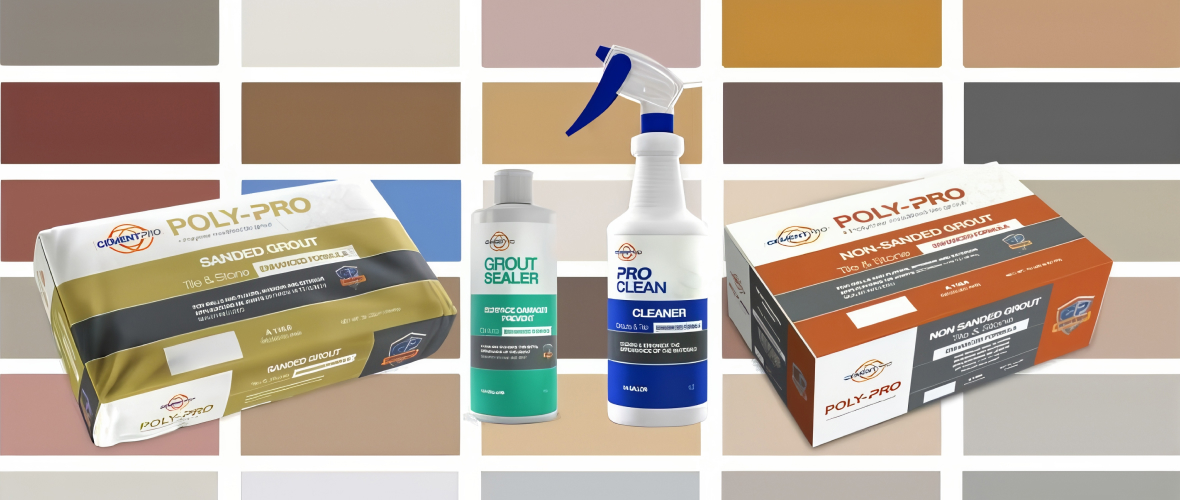
How CementPro products can help
CementPro offers 32 different colors in sanded and non-sanded grout. Our grout also comes with a grout sealer already in the product. Our sanded grout has a 4.55% water absorption, and our non-sanded grout has a 4.95% water absorption without adding any extra sealer. This is important because, per ANSI A118.6, sanded grout can have no more than 10% water absorption, and non-sanded grout can have no more than 18%. That is a lot of absorption when the wrong liquid is absorbed. So, combine that with two coats of our grout sealer and your grout, sanded or non-sanded, will be well protected. You can see the results in our YouTube video testing it. CementPro also has ProClean, which can be used to clean grout up to twice a year



